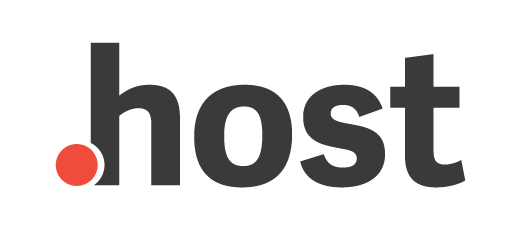The first step to improving employee competencies is defining all of them. There are diverse levels of worker competencies and it is important to know the difference between the two. If your business is something firm, you will have different needs than a developing firm. Yet , there are five key meanings that can help is made the right differentiation.
The 1st level a single definition is defined as positive behaviours. These behaviors reflect an employee’s comprehension that they are getting recognized for abilities. This can be a positive definition since every employee competencies are based on positive behaviours. The other level an individual definition is usually positive, since it identifies behaviours that are a direct result a acceptance or some sort of acknowledgement.
Another definition can be performance primarily based. It is an action-based goal setting it really is a reflection from the employees’ deductive thinking. Personnel are always considering their functionality in order to meet their objectives. They will only reach their objectives when they are essentially performing. This kind of action-based worker competencies explanation is very important since employees will need to actively work in order to enhance their ability to get the job done and meet their desired goals.
The fourth and fifth employee competencies are both related to analysis and preparing. Analysis and planning functions that are used to assemble information should reach a certain goal. The objective may be specific or it might be broad. When it is a broad one, nevertheless , employees have to be able to strategy their activities and in doing so, they use the right analytic thinking skills.
The next stage one meaning is specialized skills and knowledge. The employees’ technological skills make them to produce quality products or services. The technical competency definition is actually a subset from the soft skills and can be included separately through the soft abilities. However , within an organization that is growing, it really is easier to are the technical abilities competency as the organization will need to utilize most current technology available to the fullest extent possible.
The next employee skill competency explanation is mental intelligence. Emotional intelligence identifies an individual’s capacity to emotionally and psychologically understand and handle different types of situations. For instance how persons interpret how they are recognized by other people and their private behaviors. Staff members who are quite successful will be those who own high levels of emotional brains. This potential is usually created during childhood, but it could be improved through training and practice.
These types of employee abilities and expertise must be viewed as in the circumstance of the company objectives an organization is trying to attain. Some of these objectives are to keep costs down, increase profitability, maintain competitive advantage, and create worker relations which can be fair and productive. Some of these objectives might also be related to creating staff unanimity, promoting good morale, building employee loyalty, and increasing employee engagement. In every cases, the ultimate goal is to improve and expand the organization’s capacity to meet the difficulties that confront the organization.
Worker skills and competencies are the basis of job functionality and profession development. They cannot be discovered or considerably improved upon. They have to be depending on the individuals natural abilities and expertise. To efficiently teach having these skills and expertise, one needs to consider the processes and activities that are used effortlessly by the persons, which require the five basic staff competencies. For instance , interpersonal expertise, analytical considering, self-direction, management, and decision making. The process of understanding these expertise and their execution are essential in the event that an organization is always to successfully apply them and achieve the goals.
When ever defining and measuring the client excellence, managers consider both internal and external elements. Internal factors refer to the qualities and behaviors exhibited by staff that are not strongly related the job currently happening or the establishments particular goals. Exterior factors consider external threats or concerns that may impact the organization within a negative approach and also include the performance of your key personnel in the workplace.
The competency style also thinks the nature of the corporation and the environment where workers perform. It likewise considers the types of tasks they have a tendency to do and whether these kinds of tasks happen to be relevant to the effort at hand. Other important elements to consider are the traditions of the institution and the kind of relationships designed within that. These can as well affect employees productivity and success in the workplace. There is now substantial research research that implies that workers with increased levels of self-confidence have higher job satisfaction and are more likely to achieve career goals.
Worker competencies are an essential element for an organization to function successfully. Organizations that have successfully identified and deliberated their own expertise have been capable of build potency and efficacy and skills in the markets. They are also qualified to use this facts to evaluate and improve their exterior environment as well as internal structures. It is important to recollect that the vitusweb.dk definition of these kinds of competencies is certainly not static, but must be constantly evolve with changes in the business environment and worker behaviors.




